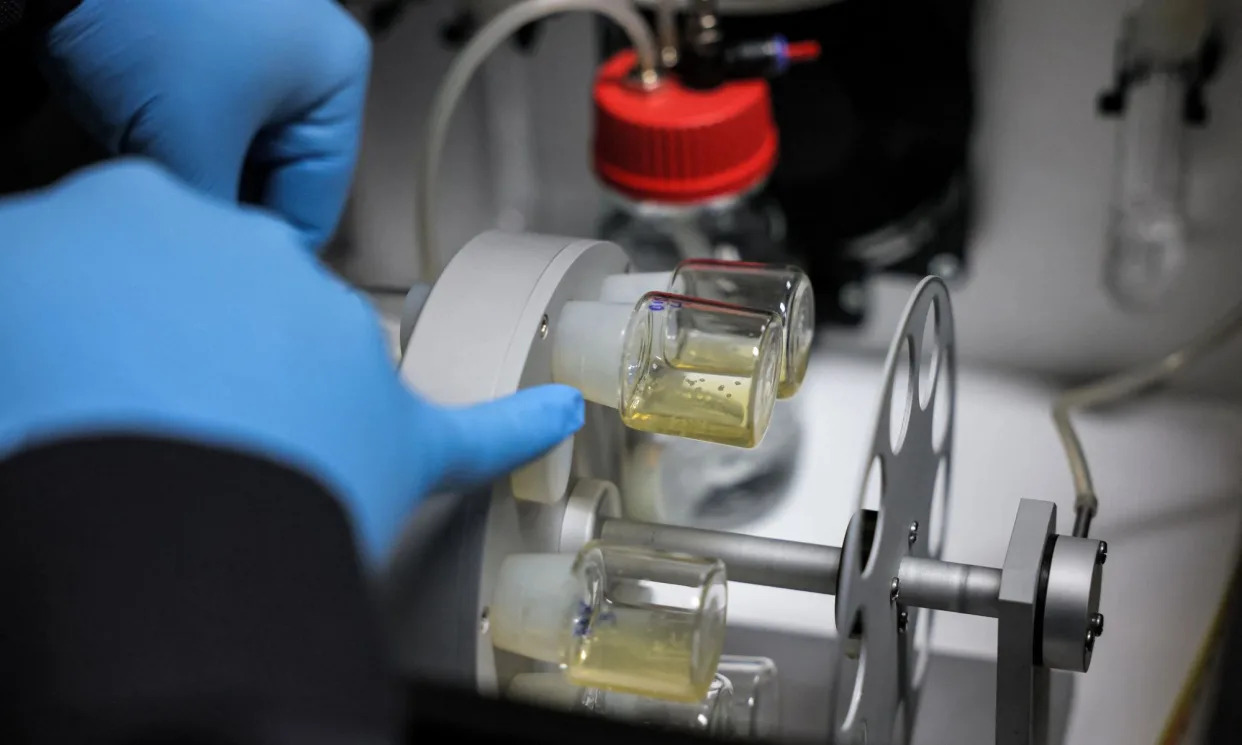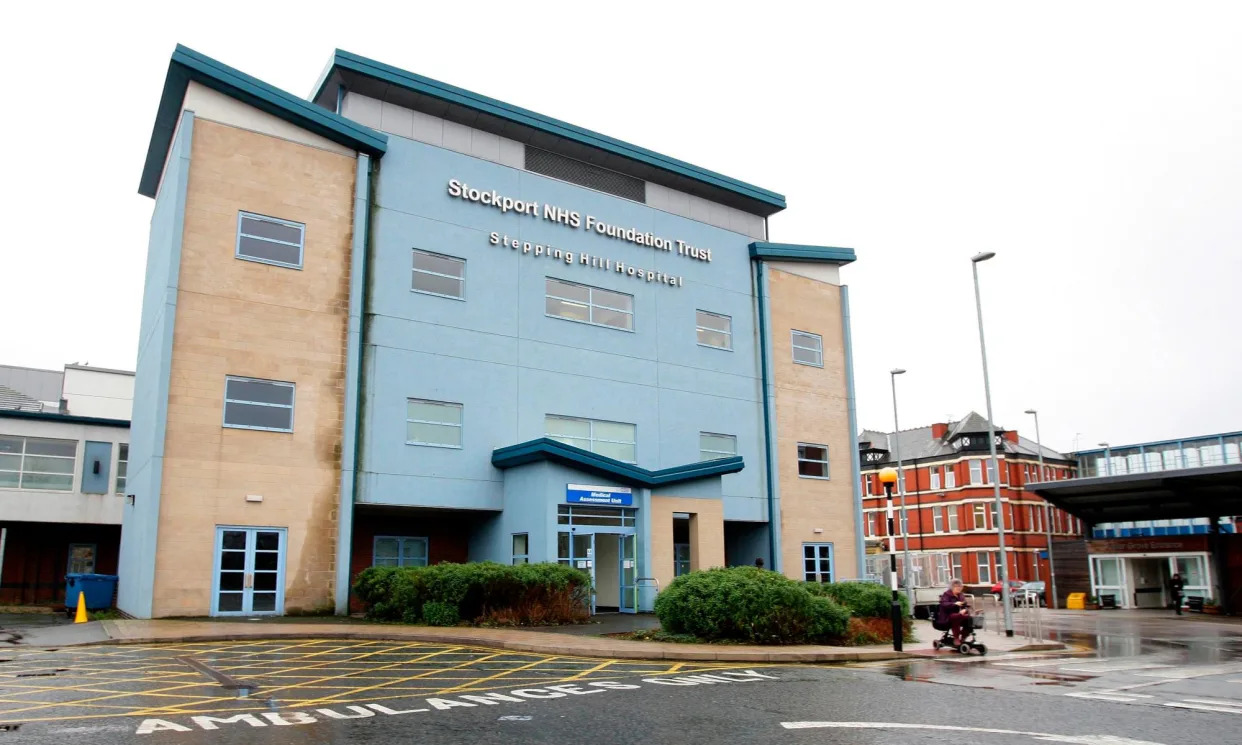Victor Tangermann
Tue, 2 July 2024

Researchers say they've used cutting-edge gravitational wave research to shed new light on a nearly 2,000-year-old mystery.
In 1901, researchers discovered what's now known as the Antikythera mechanism in a sunken shipwreck, an ancient artifact that dates back to the second century BC, making it the world's "oldest computer."
There's a chance you may have spotted a replica, directly inspired by it and featured in the blockbuster "Indiana Jones and the Dial of Destiny" last year.
Well over a century after its discovery, researchers at the University of Glasgow say they've used statistical modeling techniques, originally designed to analyze gravitational waves — ripples in spacetime caused by major celestial events such as two black holes merging — to suggest that the Antikythera mechanism was likely used to track the Greek lunar year.
In short, it's a fascinating collision between modern-day science and the mysteries of an ancient artifact.
In a 2021 paper, researchers found that previously discovered and regularly spaced holes in a "calendar ring" were marked to describe the "motions of the sun, Moon, and all five planets known in antiquity and how they were displayed at the front as an ancient Greek cosmos."
Now, in a new study published in the Oficial Journal of the British Horological Institute, University of Glasgow gravitational wave researcher Graham Woan and research associate Joseph Bayley suggest that the ring was likely perforated with 354 holes, which happens to be the number of days in a lunar year.
The researchers ruled out the possibility of it measuring a solar year.
"A ring of 360 holes is strongly disfavoured, and one of 365 holes is not plausible, given our model assumptions," their paper reads.
The team used statistical models derived from gravitational wave research, including data from the Laser Interferometer Gravitational-Wave Observatory (LIGO), a large-scale physics experiment designed to measure ripples in spacetime millions of light-years from Earth.
The technique, called Bayesian analysis, uses "probability to quantify uncertainty based on incomplete data, to calculate the likely number of holes in the mechanism using the positions of the surviving holes and the placement of the ring’s surviving six fragments," according to a press release about the research.
Surprisingly, the inspiration for the paper came from a YouTuber who has been attempting to physically recreate the ancient mechanism.
"Towards the end of last year, a colleague pointed to me to data acquired by YouTuber Chris Budiselic, who was looking to make a replica of the calendar ring and was investigating ways to determine just how many holes it contained," said Woan in a statement.
"It’s a neat symmetry that we’ve adapted techniques we use to study the universe today to understand more about a mechanism that helped people keep track of the heavens nearly two millennia ago," he added.
It may not amount to the kind of discovery fit for a Hollywood action blockbuster script — but it's an intriguing new ripple in a mystery that has puzzled scientists for over a century nonetheless.
"We hope that our findings about the Antikythera mechanism, although less supernaturally spectacular than those made by Indiana Jones, will help deepen our understanding of how this remarkable device was made and used by the Greeks," Woan said.
More on ancient Greece: The Riddle of the Antikythera Mechanism Deepen



 (Image: The Herald)
(Image: The Herald)






